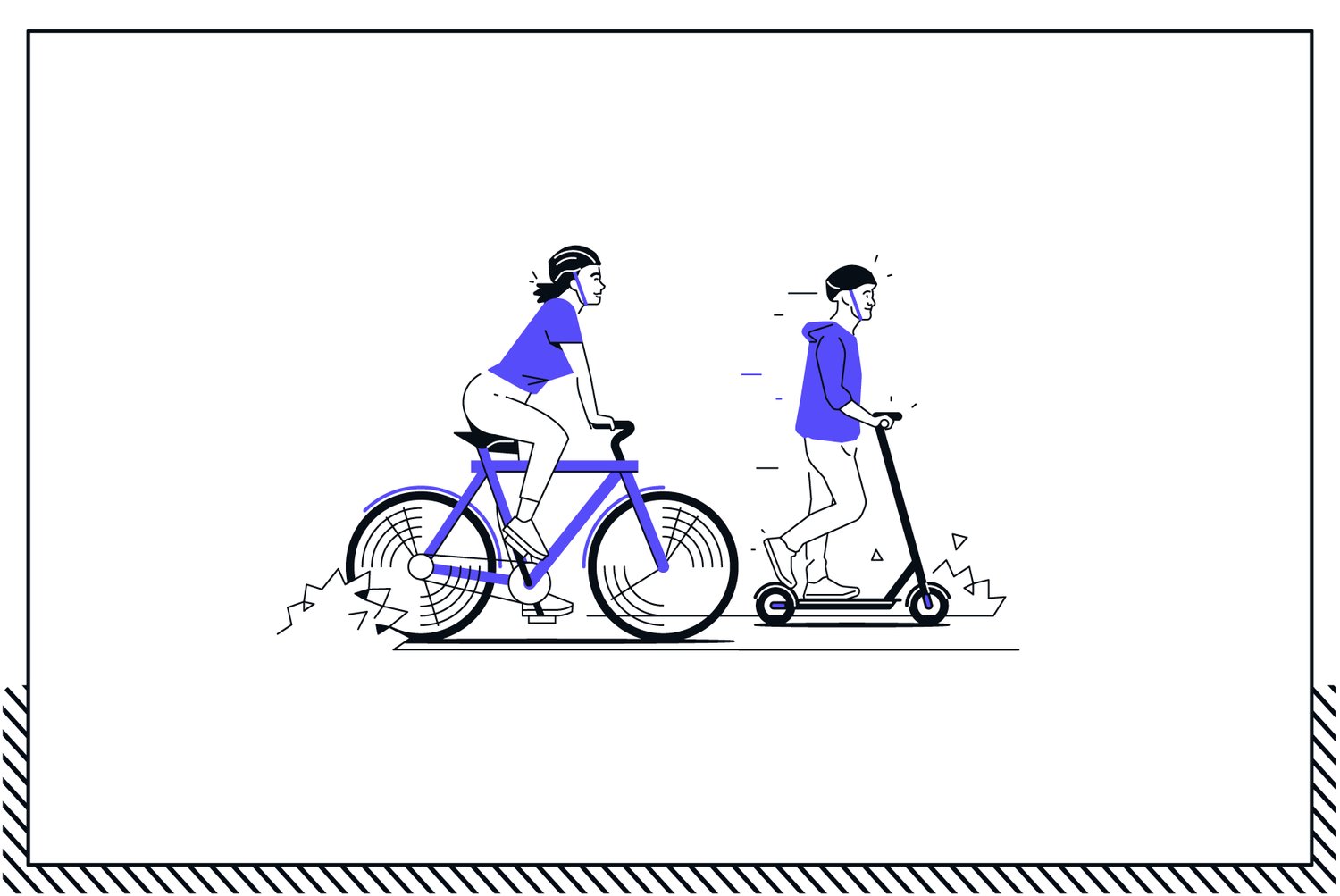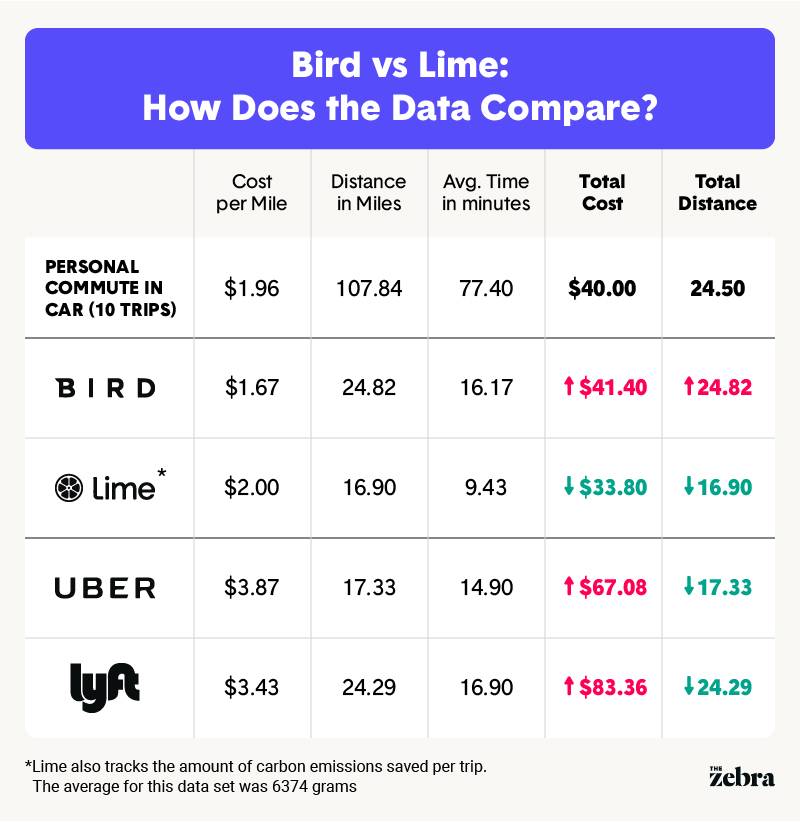Overnight, they appeared. They may have rattled some cages, but it seems Bird and Lime scooters could be here to stay. Electric scooters have emerged as the latest contenders to reinvent transportation, popping up in cities around the world.
Fledgling scooter companies have taken some criticism for their sudden presence — often without the consent of their host cities — and the scooters themselves, which have been called “eyesores” and deemed “in the way” of commuters on the sidewalk. Yet others have marveled at the ease with which an electric scooter can traverse a too-far-to-walk, too-close-to-Uber trip. That is to say, you also could call a Lyft. By now, you might have a favorite rideshare company. But can you say the same about Bird or Lime?
For one month, I jumped on the bandwagon, using a dockless electric scooter to commute to and from work. The following is a summation of my experience as a rider, as well as detailed research into the benefits and drawbacks of working as an electric scooter charger.
Rideshare is now a noun and a verb, thanks to Uber and Lyft, companies that reinvented the wheel and redefined who sits behind it. But “scooter-share” has yet to develop the same ubiquity and “roll-off-the-tongue” ease. Caught between the complexities of maintenance, city ordinances, and scaling to meet demand, Bird and Lime are filling a need while performing a balancing act on two wheels.
Bird vs. Lime scooters: who makes them?
Bird launched in September 2017, led by Travis VanderZanden. Having previously founded Cherry, an on-demand car-washing service that was later purchased by Lyft, VanderZanden based the company in Santa Monica, California. Today, more than 80 cities have become home to flocks of Bird scooters. The company has also been quick to collaborate with colleges and universities to provide affordable and easily accessible transportation. Bird recently changed its business model to allow individuals to request a fleet to manage on their own. This model is very similar to that of GOAT, another dockless-scooter-for-rent business that has had limited success.
Lime scooters are an offshoot of LimeBike. In May 2018, the company rebranded to “Lime” and partnered with Segway to create a new line of scooters, in addition to its fleet of electric bikes and smaller scooters. Originally founded in January of 2017 by Toby Sun and Brad Bao, Lime is stationed in San Francisco, California. Seventy-five American cities host Lime scooters, many of which also have Bird scooters.




